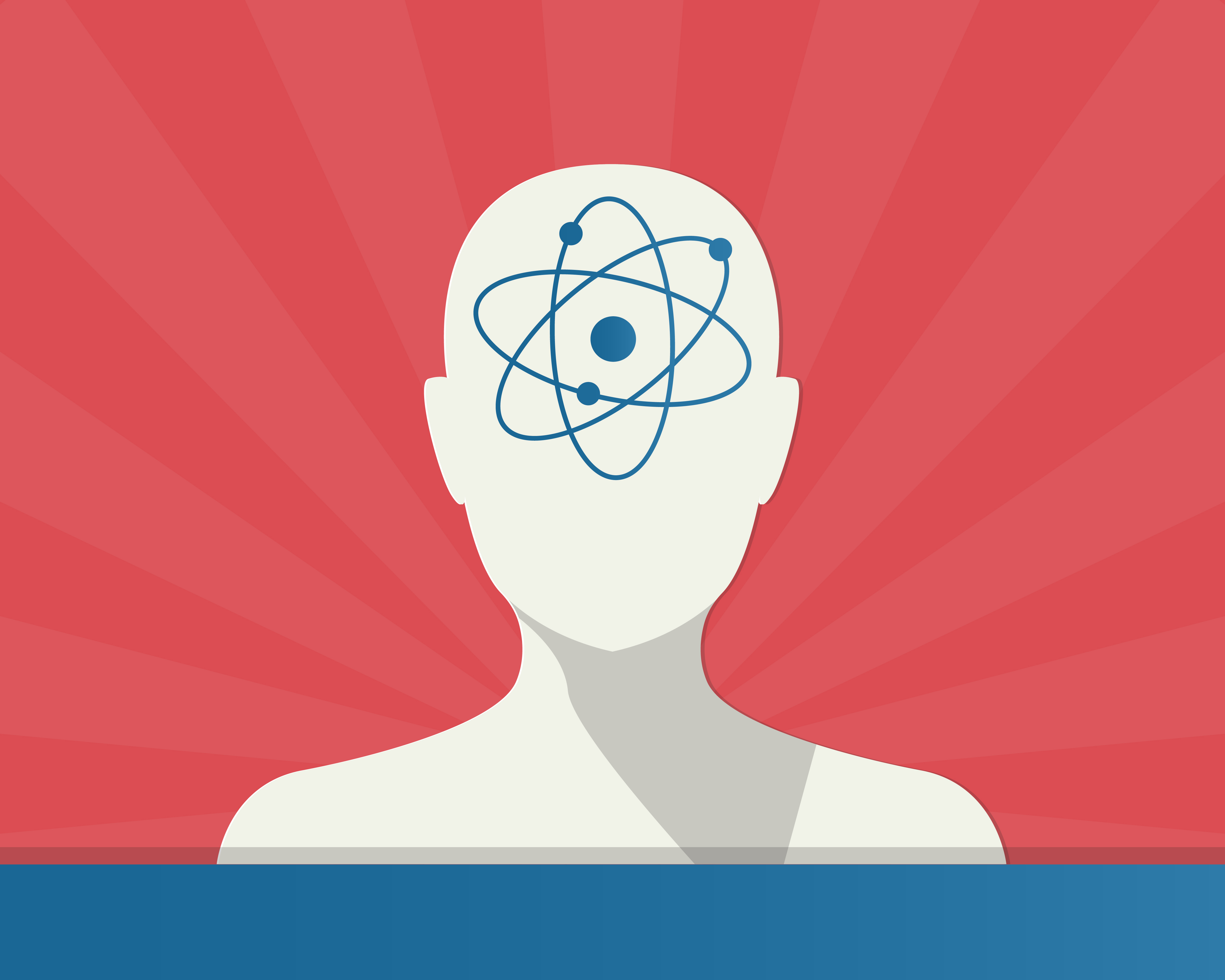
The overwhelming quest in cognitive science has been (and still is) to scientifically describe mental processes on a molecular level, notably memory and intelligence, and attempt to mimic them technologically. But really ‘intelligent’ computers can only arise from an appreciation of neural reality with credible principles about the nature of neural mentation.
A function called ‘Memory’ is central to the intelligence of both computers and brains, though each type arise from quite different processes. For example, computers processes (computation) and memory are well characterized theoretically (information theory) and practically (manufacture of memory chips). But as there is no binary code for emotions, the computer is deficient of any emotive quality. By contrast, biologic neurons and neural nets remember on the basis of multinary (not binary) processes. They experience emotive states that confer meaning (value) to all stimuli. But what are the details of the biologic neural process?
To clarify these, Marx & Gilon propose a tripartite mechanism of neural memory and provide a chemographic description. It involves the interactions of neurons with their surrounding extracellular matrix (nECM) and dopants, comprising trace metals (copper, zinc, etc) and neurotransmitters (more than 100 NTs). The NTs elicit both physiologic reactions and psychic states. Essentially, the neuron forms metal-centered complexes within the surrounding nECM, to encode cognitive units of information (cuinfo). Thus, neural memory is stored outside the highly extended cell, but readily available for recall.
Within that context, Marx & Gilon review the IBM Brain Chip and the Blue Brain Project, both being technologies which represent themselves as mimicking biologic neural systems, one as a chip, the other as a simulation. But both are found wanting, due to their inappropriate modeling of neuron morphology and the lack of emotive qualifiers. Consequently, the demotive IBM Brain Chip and the Blue Brain Simulation are inadequate actual and virtual constructs of neural systems and cannot be said to be truly ‘neuromimetic’.
Marx & Gilon propose a novel, but credible biochemical model, a tripartite mechanism for neural memory. This implies a ‘paradigm shift’ for cognitive science, a new way of thinking about mental processes. Expectedly, the tripartite model could help steer the development of technologies truer to neurobiology and neurochemistry.




